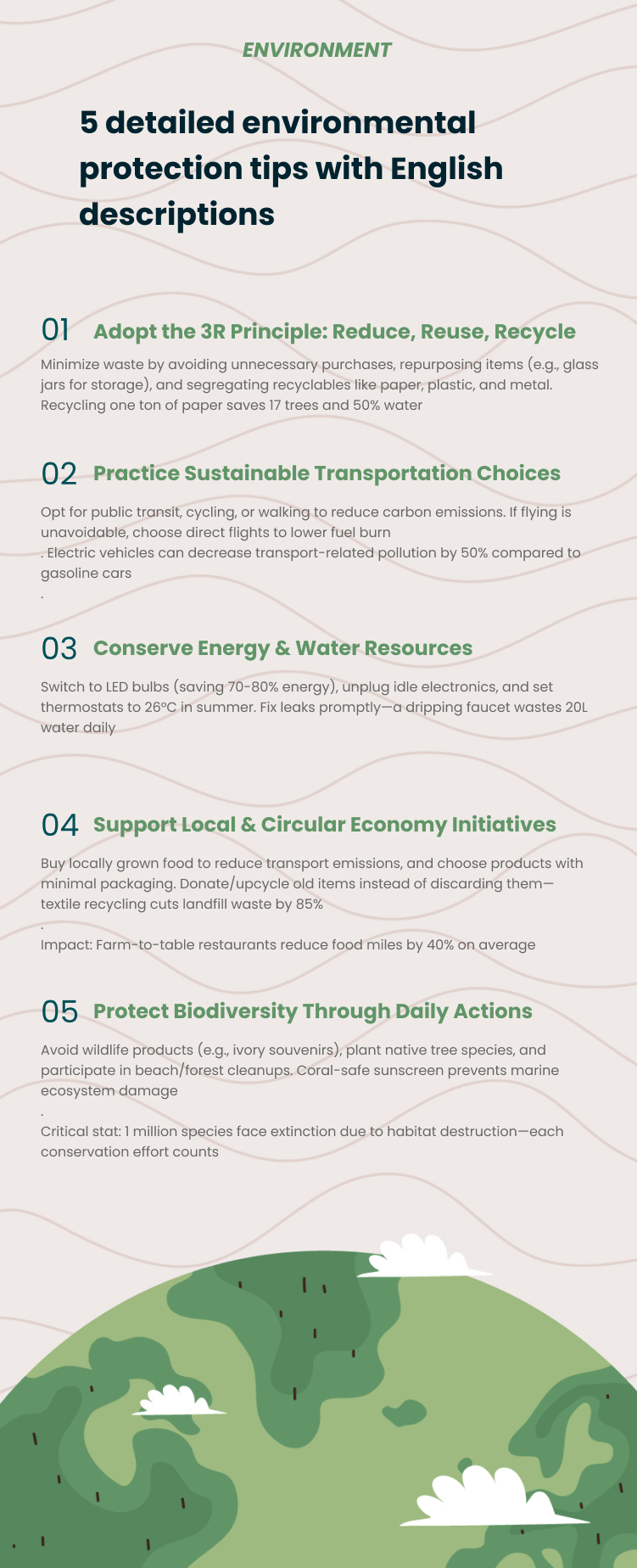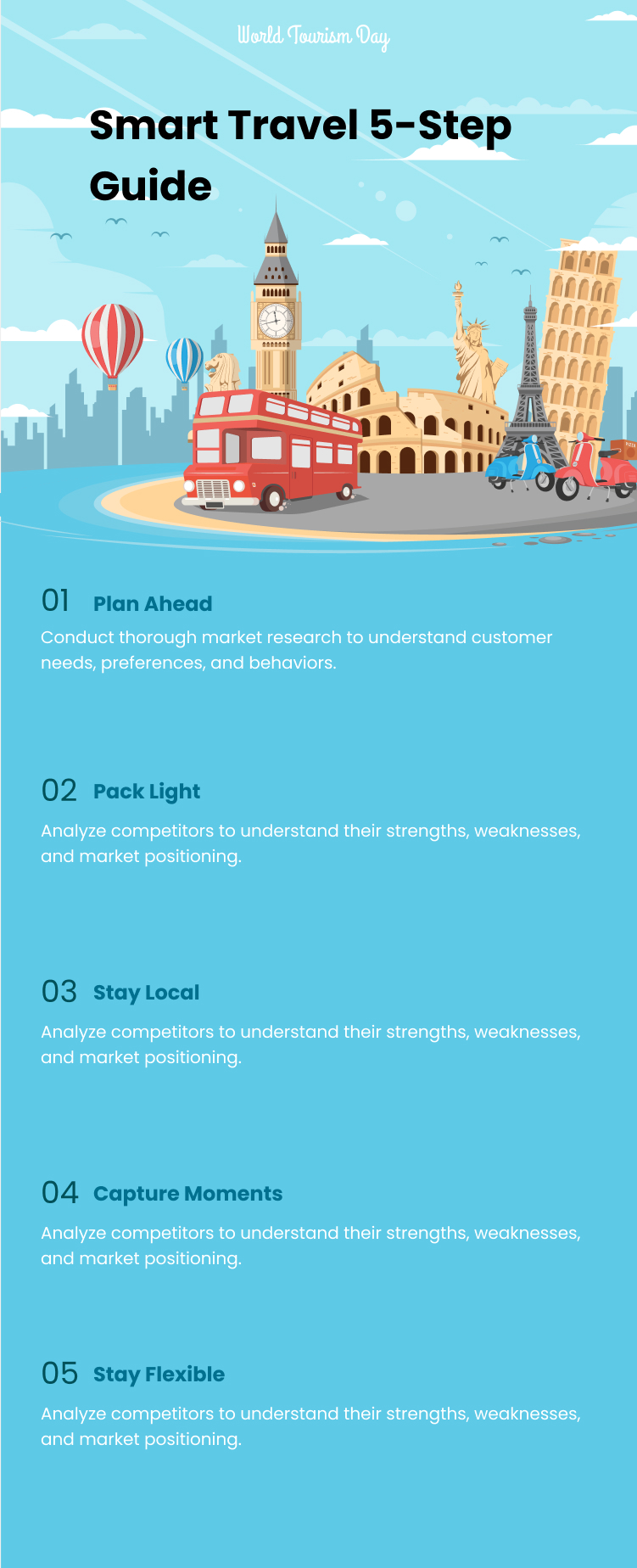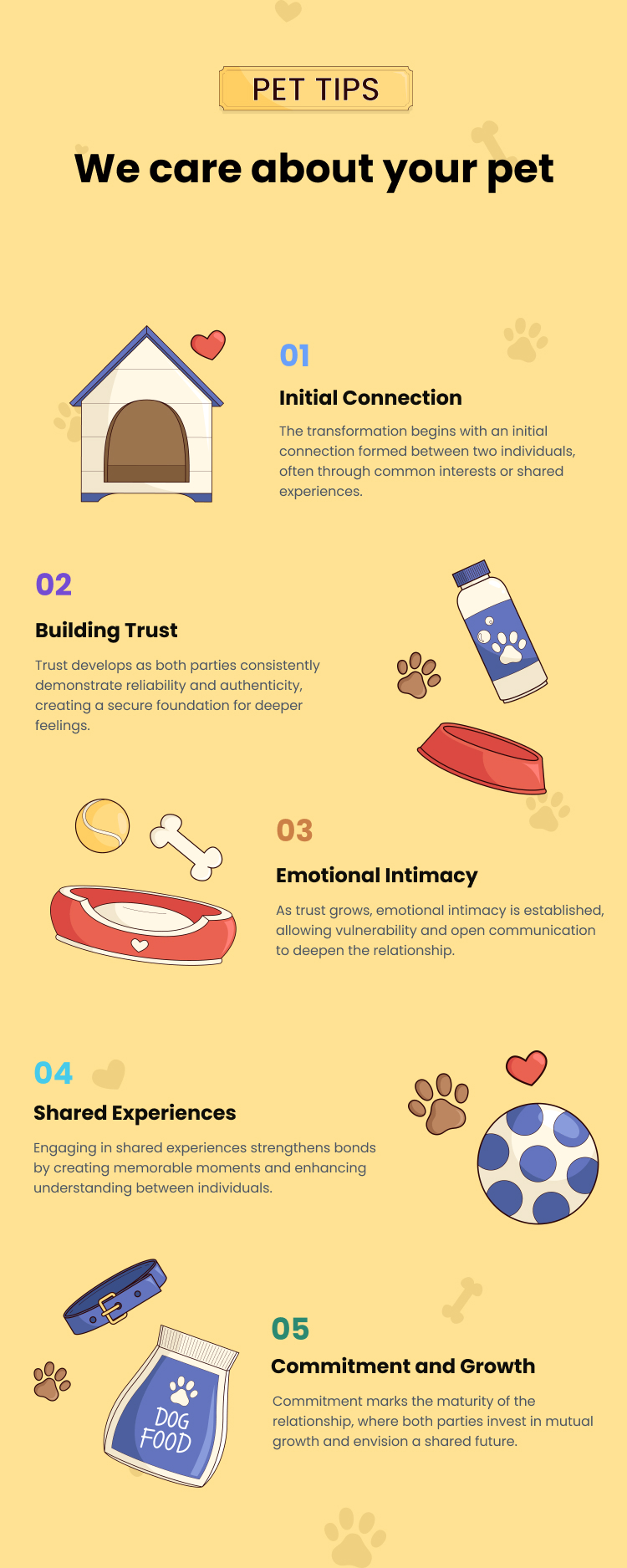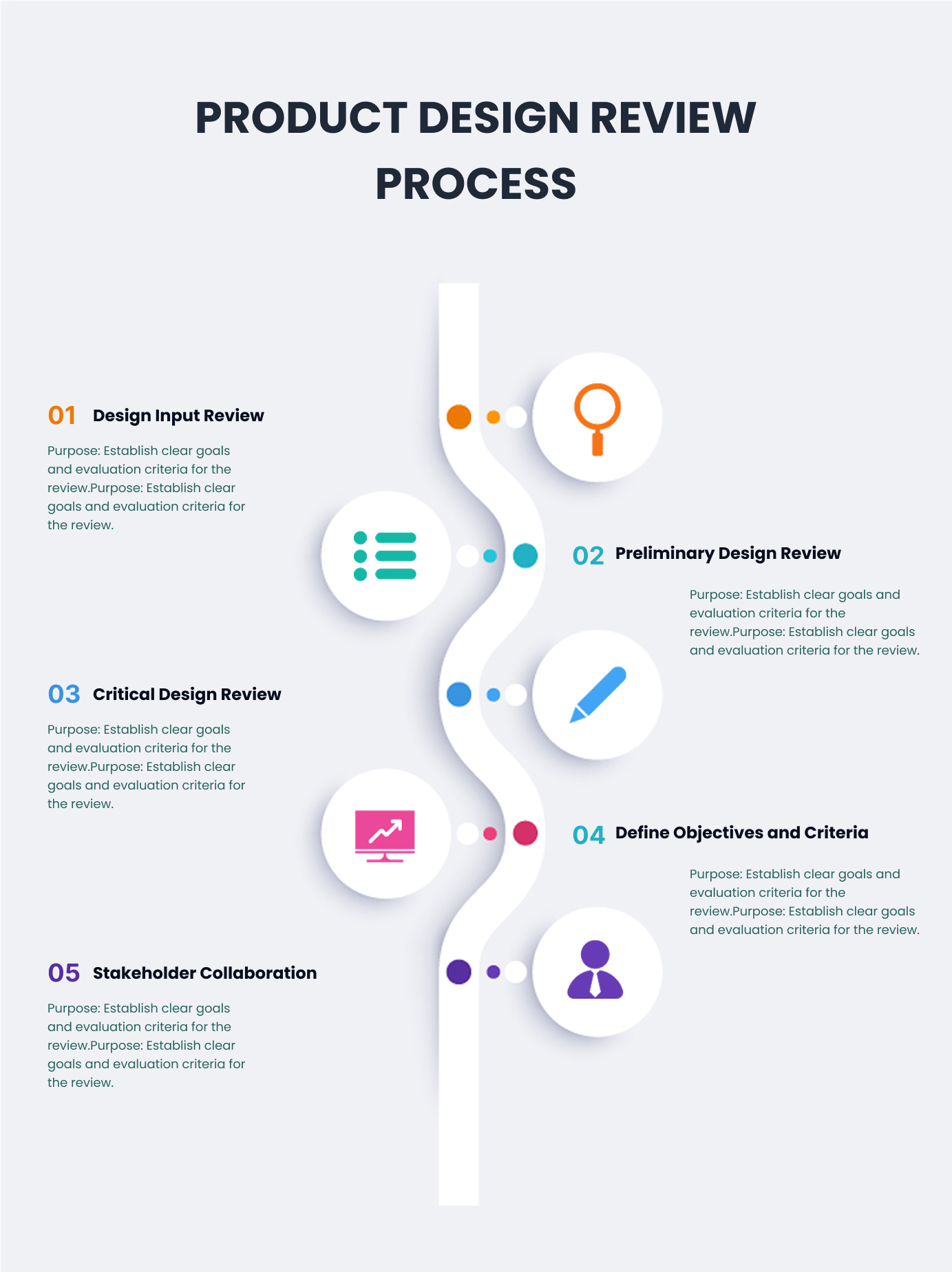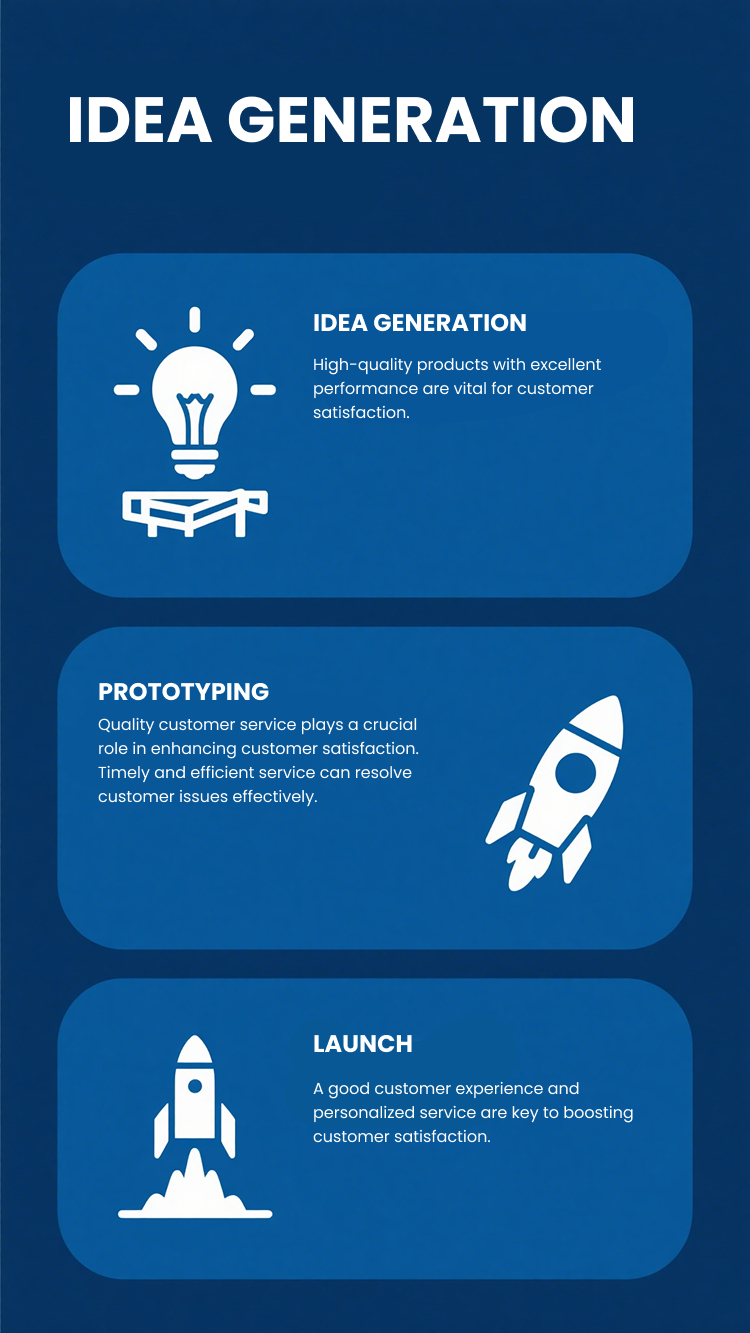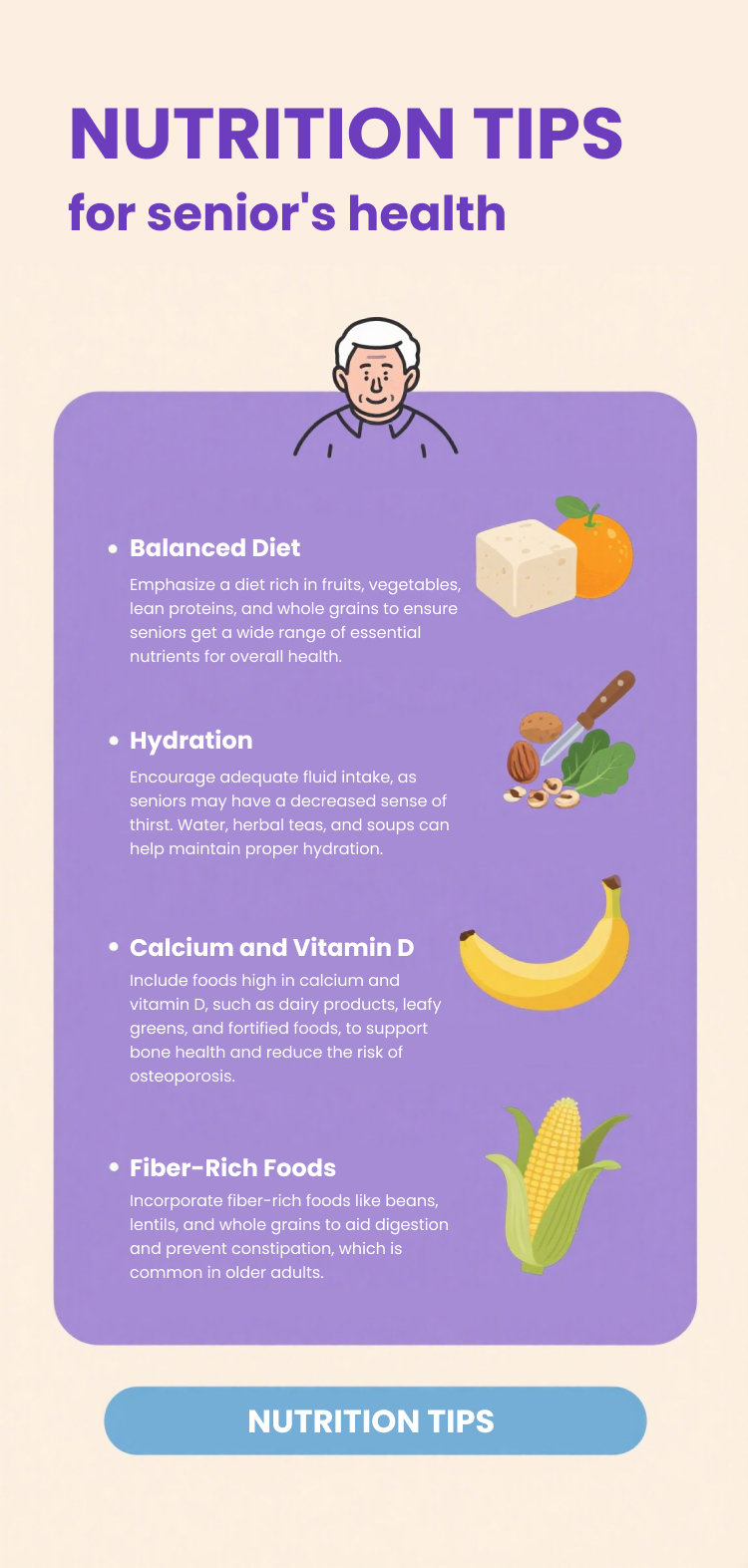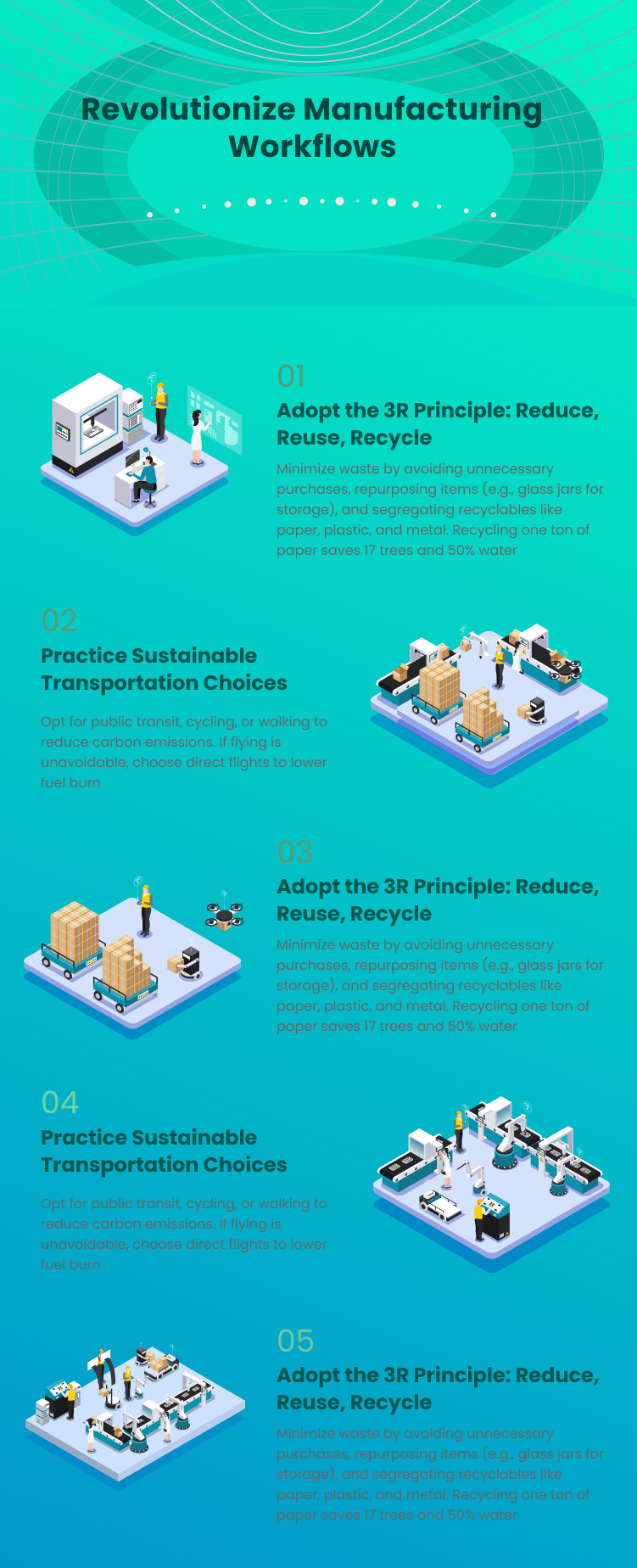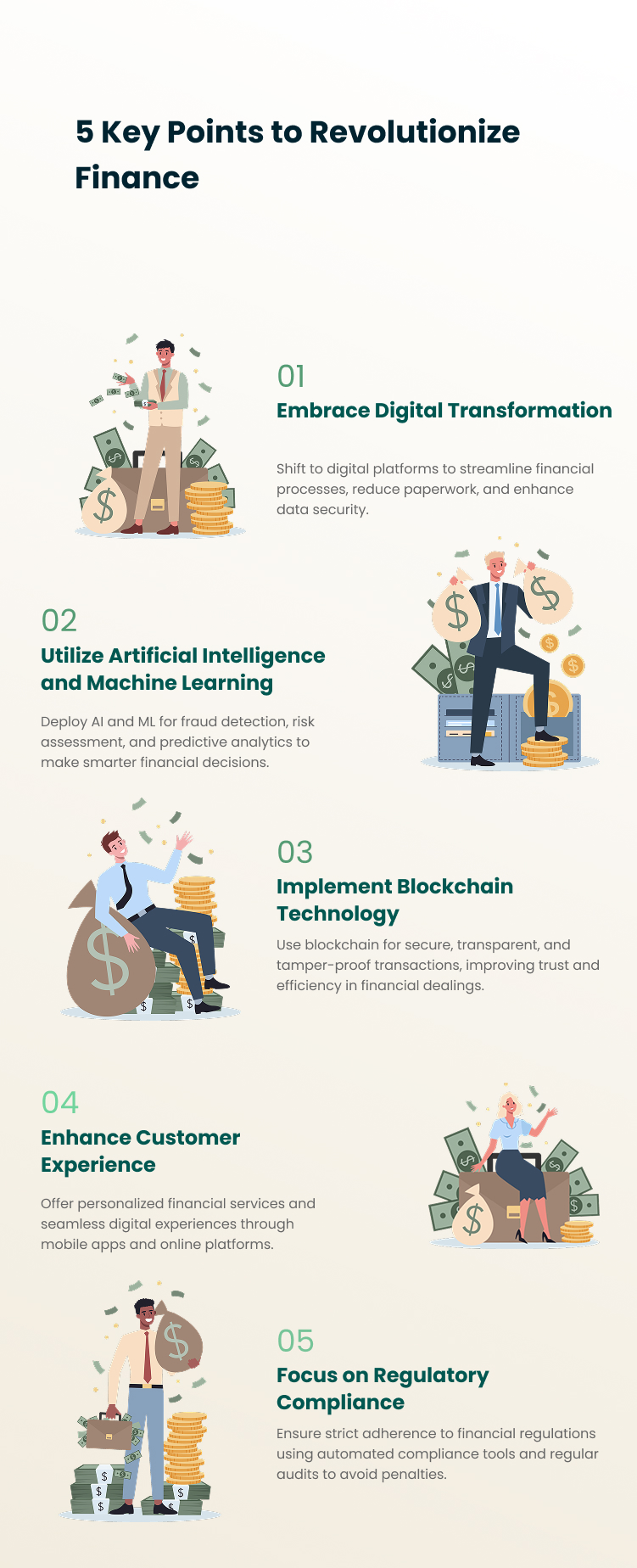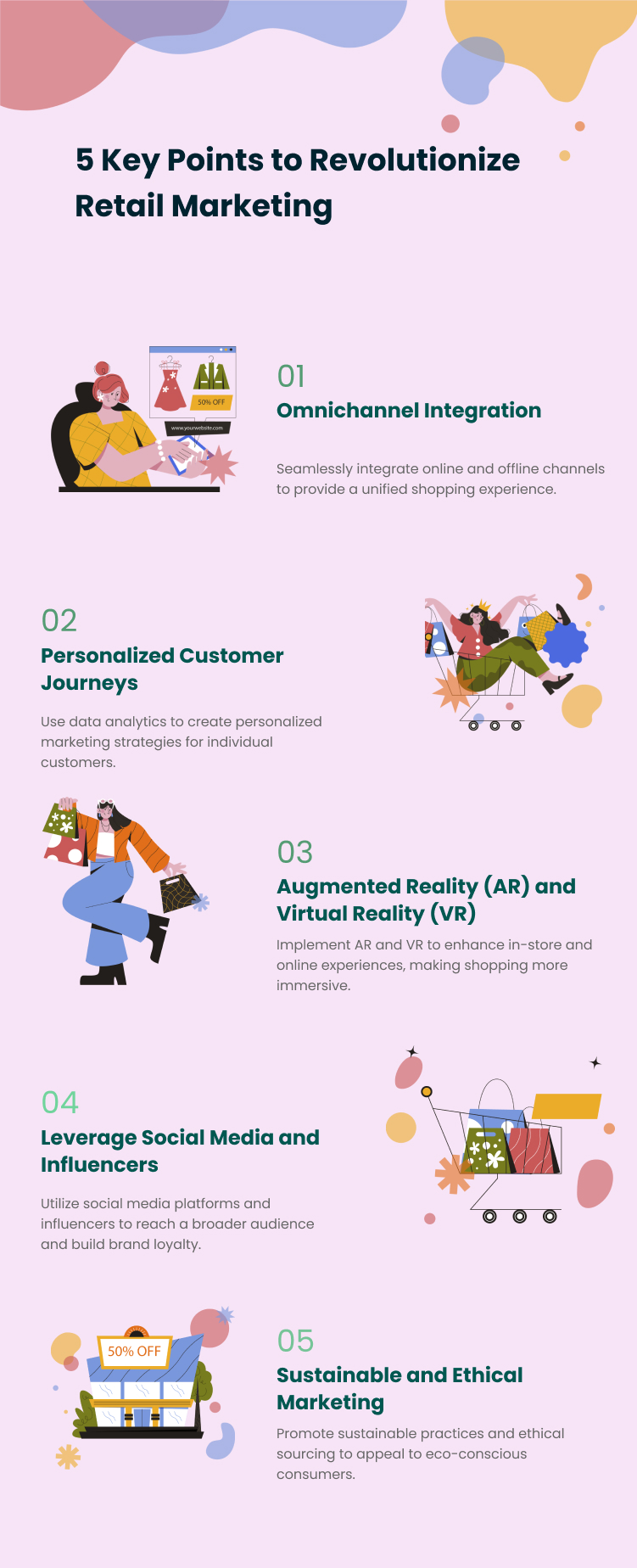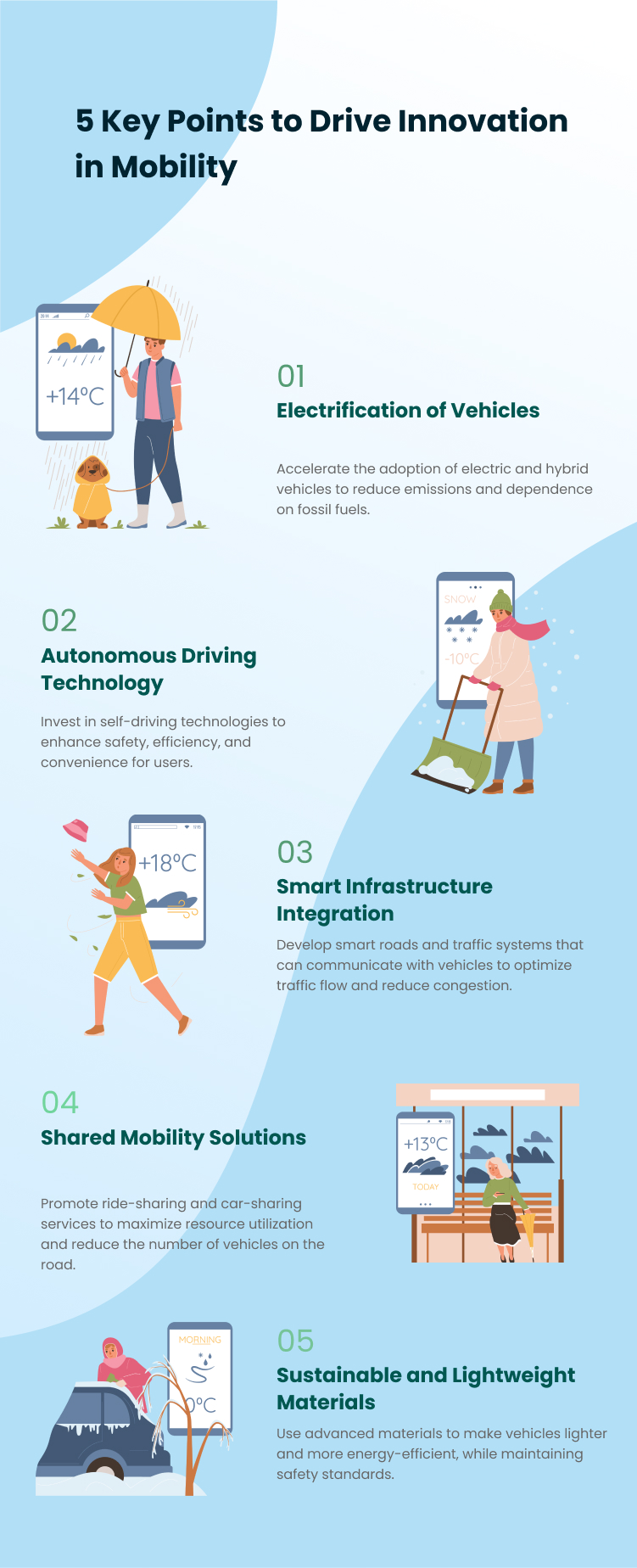5 detailed environmental protection tips Infographic Template
5 detailed environmental protection tips with English descriptions, synthesized from multiple authoritative sources:
-
Adopt the 3R Principle: Reduce, Reuse, Recycle
Minimize waste by avoiding unnecessary purchases, repurposing items (e.g., glass jars for storage), and segregating recyclables like paper, plastic, and metal. Recycling one ton of paper saves 17 trees and 50% water.
Example: Use reusable shopping bags and refillable water bottles to cut single-use plastic consumption. -
Practice Sustainable Transportation Choices
Opt for public transit, cycling, or walking to reduce carbon emissions. If flying is unavoidable, choose direct flights to lower fuel burn. Electric vehicles can decrease transport-related pollution by 50% compared to gasoline cars.
Tip: Hotels with bike rentals or EV charging stations prioritize eco-friendly travel. -
Conserve Energy & Water Resources
Switch to LED bulbs (saving 70-80% energy), unplug idle electronics, and set thermostats to 26°C in summer. Fix leaks promptly—a dripping faucet wastes 20L water daily.
Innovation: Use "greywater" from laundry/washing to flush toilets or irrigate plants. -
Support Local & Circular Economy Initiatives
Buy locally grown food to reduce transport emissions, and choose products with minimal packaging. Donate/upcycle old items instead of discarding them—textile recycling cuts landfill waste by 85%.
Impact: Farm-to-table restaurants reduce food miles by 40% on average. -
Protect Biodiversity Through Daily Actions
Avoid wildlife products (e.g., ivory souvenirs), plant native tree species, and participate in beach/forest cleanups. Coral-safe sunscreen prevents marine ecosystem damage.
Critical stat: 1 million species face extinction due to habitat destruction—each conservation effort counts.
